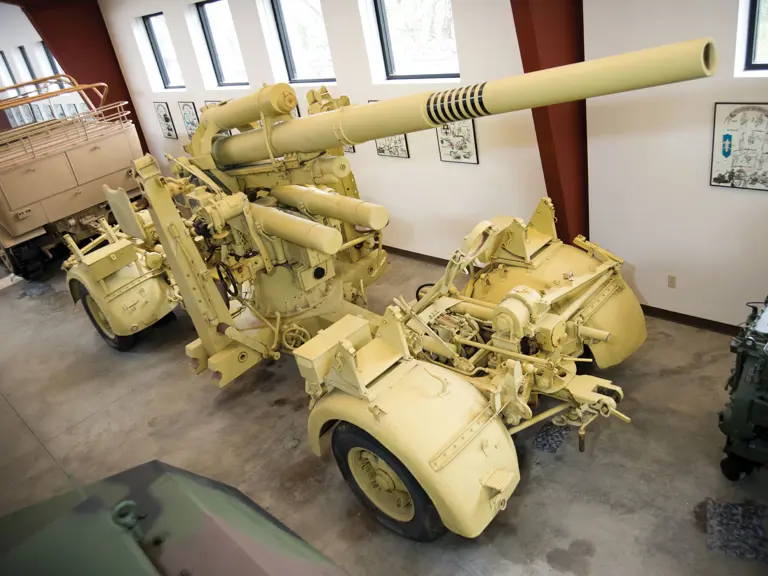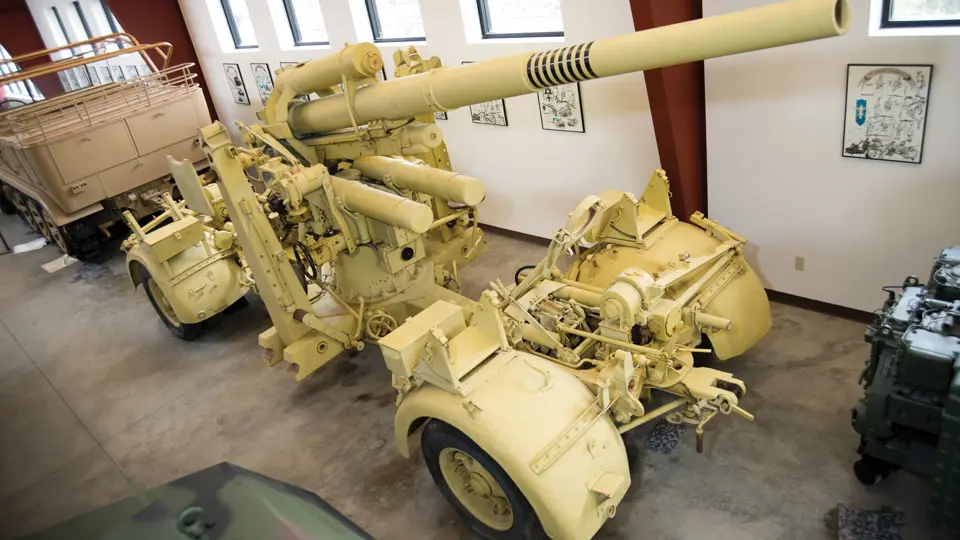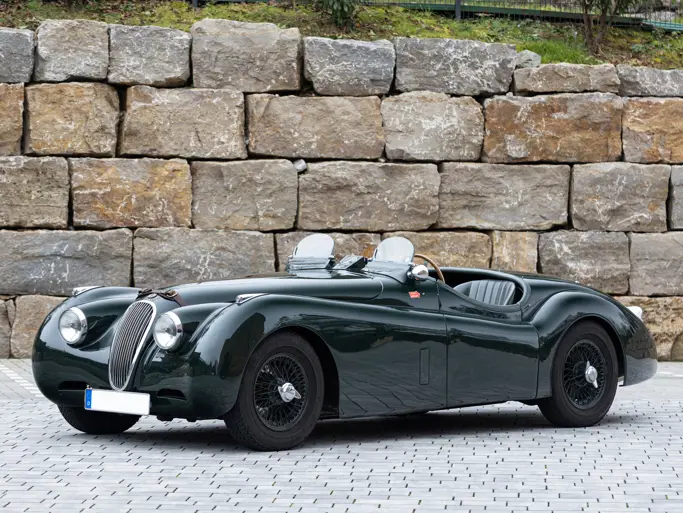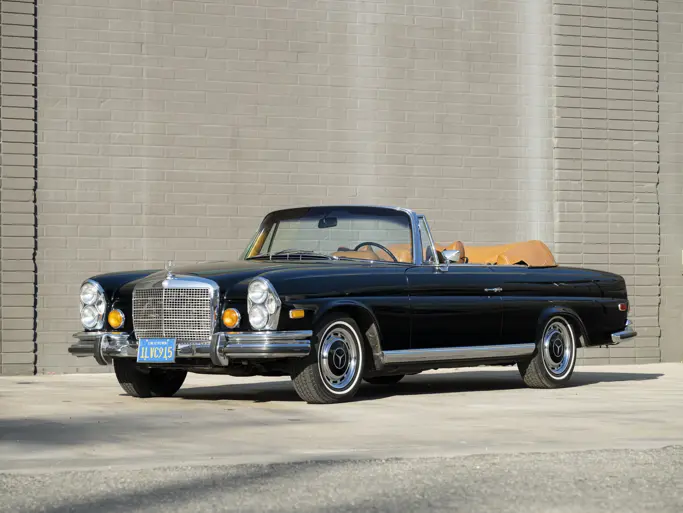 | Portola Valley, California
| Portola Valley, California
Weight: 7.56-tons (6.8-metric tons) Travelling
5.67-tons (5.1-metric tons) Firing
Length: 25’ (7.62-m)
Barrel Length: 16’ 2” (4.94-m)
Width: 7' 6” (2.29-m)
Height: 7' 11” (2.43-m)
Crew: 7-10
Shell: 3.456” (8.8-cm)
Elevation: -3- to +85-degrees
Traverse: 360-degrees
Ammunition Weight:
-Anti-Aircraft Shell: 19.8-lbs
-Anti-Tank Shell: 22.5-lbs
-High explosive: 20.34-lbs
Rate of Fire: 15-rounds per minute
Effective Range:
- 26,245-ft (7,999-m) as anti-aircraft gun
- 26,150-ft (8,001-m) as field gun
Muzzle Velocity: 2,690-ft/second (820-m/second)
Country of Origin: Nazi Germany
The 88-mm gun (eighty-eight) was a German anti-aircraft and anti-tank artillery gun from World War II. They were widely used by Germany throughout the war. It was one of the most recognizable and most feared German weapons of the war.
The 88 was built in very large numbers, and when doubled in the anti-tank role, it was mounted on a versatile base from which is could be fired without unlimbering. Its success as an improvised anti-tank gun led to a separate line of guns for anti-tank use, the Panzerabwehr-Kanone (PaK) 88 (German: “anti-tank gun”) and as the main armament for tanks such as the Tiger I, the 8.8-cm KwK 36, with the “KwK” abbreviation standing for Kampfwagenkanone (“fighting vehicle cannon”). This lot was originally built in Spain.
The first time 88-mm saw combat was in Spain during the Civil War in 1936, where it proved itself to be not only an excellent anti-aircraft but also an ideal tank killer due to its high muzzle velocity and efficient heavy projectile. It again proved to be an excellent anti-tank gun in France in 1940, especially against heavily armored French Char B1-bis heavy tanks and British Mk.II Matilda infantry tanks. By the time when it arrived in North Africa it was a feared tank killer, which could knock any Allied tank at distances well over 1,000-meters. It again proved its reputation in Russia, where it was the only gun capable of dealing with Soviet T-34/76 medium tanks and KW-1 heavy tanks, before the arrival of heavier German tanks. 88-mm Flak guns were also used as field artillery – e.g. during the Battle of the Bulge. The only problem with 88-mm Flak series was its height and weight, which forced it in action to rely on its power and range rather than concealment. During the war, 88-mm Flak series guns were used aside of the German Army by Italy and captured examples were often used by the Allies including the US Army in late 1944 in Western Europe. After the war many countries including former Yugoslavia and Denmark used many 88-mm Flak series guns.
Transport Cost to Storage: $924





